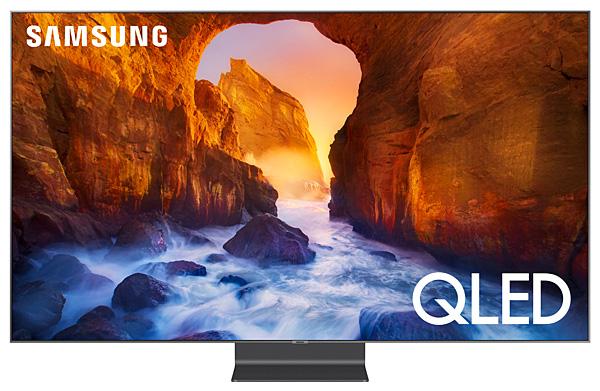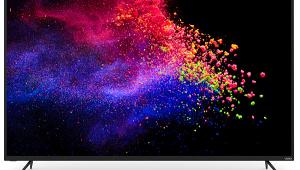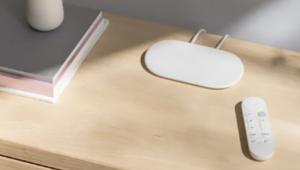While MANUALLY enabling Game mode is a tedious process, the set DOES have the ability to automatically recognize when it's needed and turn it on AUTOMATICALLY.
While the reviewer here didn't use game mode, it's one of the most compelling features of the set for those that DO use their TV for gaming! It has some of the lowest input latency of any of the sets currently on the market (as low as 6.1 ms, depending on resolution and refresh rate!). It also supports both the VESA standard "VRR" (Variable Refresh Rate) as well as AMD's "Freesync" (also now available on Nvidia graphics cards) and supports up to 120hz with 4k resolution. In addition, the set has the ability to interpolate low framerate games to higher framerates. (Some 4k games on Xbox OneX and PS4 Pro are only 30fps, this allows them to be played at 60 or even 120 fps, with only a modest increase in input latency).
Bottom line...if you are buying a large screen TV and plan to use it for gaming as well as TVs and movies, you can't find a better set for this purpose being sold today!


 The two longstanding weaknesses of LCD TVs have been mediocre black levels and off-axis performance. Full-array local dimming (FALD) backlights have largely solved the former issue. By my count, the Q90R has over 400 local dimming zones—an impressive number. Samsung has also dramatically improved the LCD off-axis shortcoming. As always, the best seat is front and center, but most viewers will be able to comfortably view this set without complaint from any practical seating position, even at 45 degrees off-axis (or beyond) seats to either side. Samsung also has a new anti-reflective screen design that dims reflections by spreading them out across the screen. (The best solution for reflections, as always, is to prevent light sources from directly hitting the screen.)
The two longstanding weaknesses of LCD TVs have been mediocre black levels and off-axis performance. Full-array local dimming (FALD) backlights have largely solved the former issue. By my count, the Q90R has over 400 local dimming zones—an impressive number. Samsung has also dramatically improved the LCD off-axis shortcoming. As always, the best seat is front and center, but most viewers will be able to comfortably view this set without complaint from any practical seating position, even at 45 degrees off-axis (or beyond) seats to either side. Samsung also has a new anti-reflective screen design that dims reflections by spreading them out across the screen. (The best solution for reflections, as always, is to prevent light sources from directly hitting the screen.)


































































